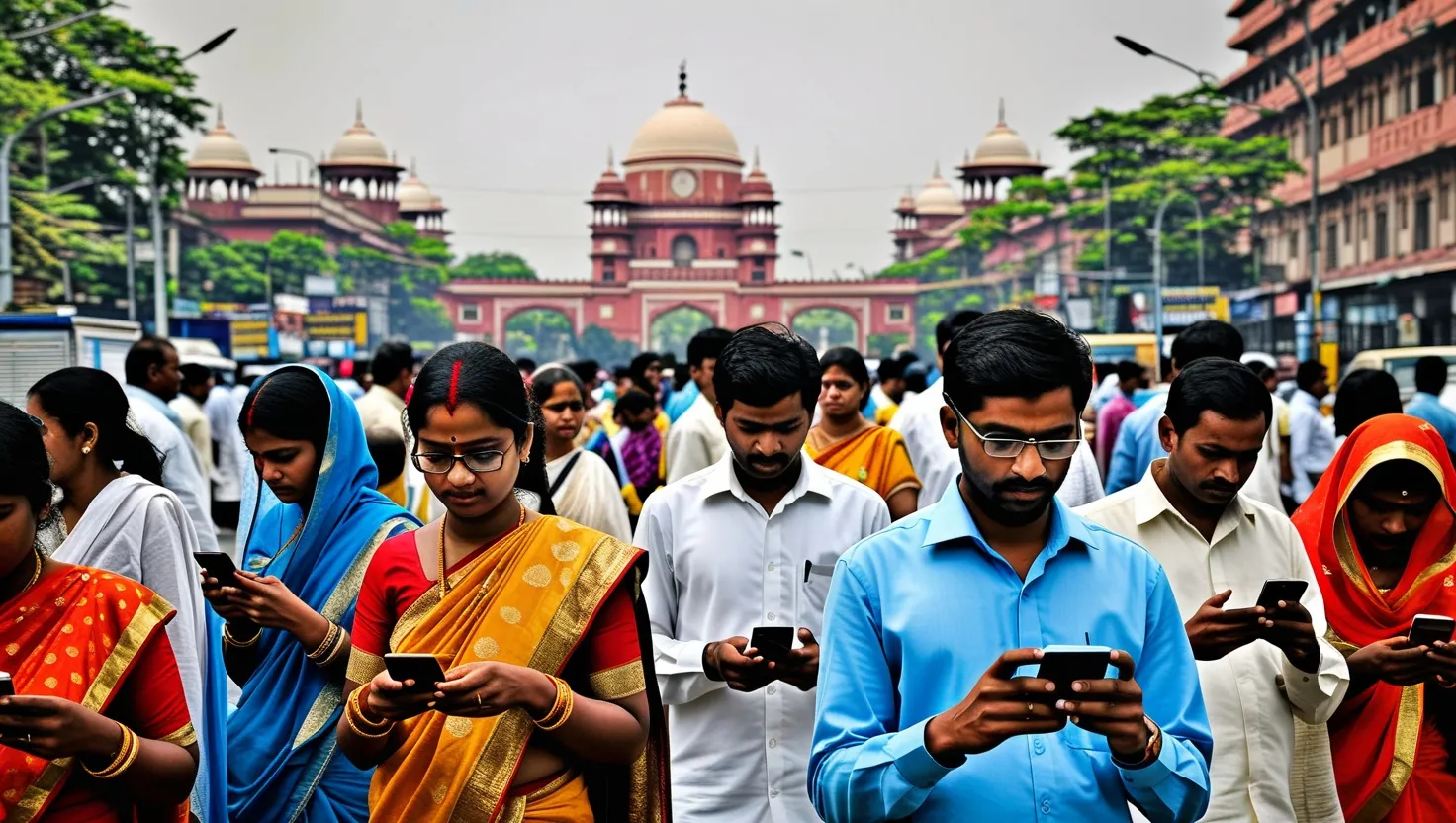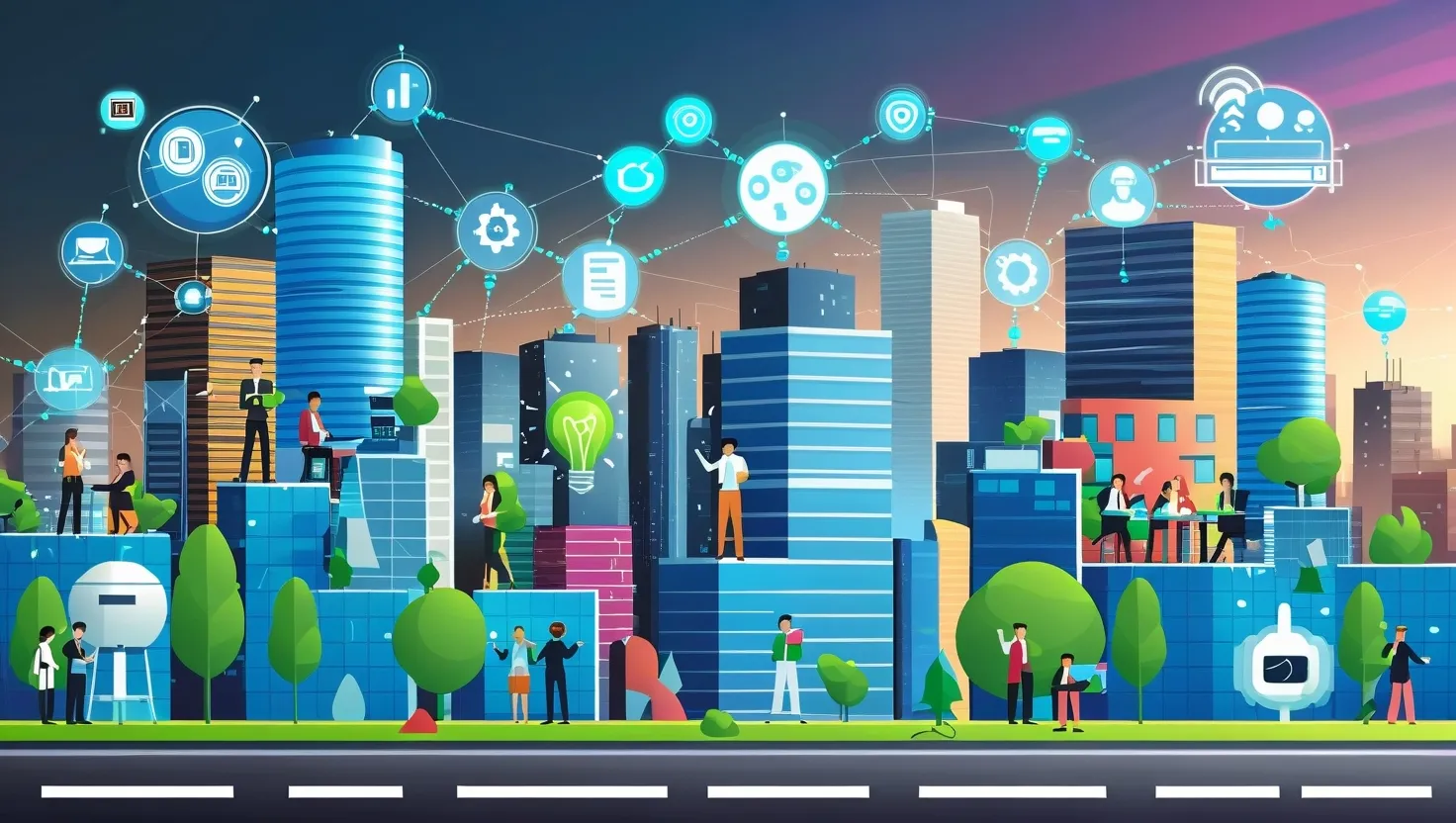In the bustling streets of India, a silent revolution is underway, one that is transforming the way citizens interact with their government. This revolution is driven by a series of innovative digital governance initiatives that are making public services more accessible, efficient, and transparent. As someone who has witnessed the evolution of these initiatives firsthand, I am excited to share my insights on how they are changing the landscape of governance in India.
The Digital Locker: DigiLocker
Imagine a world where you no longer need to carry a bulky folder full of documents every time you need to verify your identity or educational credentials. Welcome to the world of DigiLocker, a digital storage service that allows citizens to store and share important documents securely. This initiative has been a game-changer, reducing the need for physical documents and making it easier for citizens to access and share their documents whenever needed.
As Mahatma Gandhi once said, “The future belongs to those who believe in the beauty of their dreams.” DigiLocker is a testament to this vision, where technology is used to make life simpler and more convenient for citizens.
The One-Stop Shop: UMANG
Have you ever found yourself juggling multiple apps and websites just to access different government services? The Unified Mobile Application for New-age Governance, or UMANG, is here to change that. This app provides access to over 1,200 services from various government departments, all in one place. Whether you need to check your Aadhaar status, apply for a PAN card, or access other essential services, UMANG makes it all possible with just a few taps on your smartphone.
UMANG is more than just an app; it’s a bridge between citizens and the government, making services more accessible and efficient. As the famous saying goes, “Necessity is the mother of invention,” and UMANG is a perfect example of how necessity can drive innovation.
Virtual Justice: e-Courts
The Indian judicial system has long been criticized for its slow pace and cumbersome processes. However, the e-Courts project is changing this narrative. This initiative aims to digitize case management and introduce virtual hearings, making the judicial process faster and more efficient. Imagine attending a court hearing from the comfort of your home, saving time and reducing the hassle of traveling to court.
The e-Courts project is a significant step towards modernizing the judiciary and ensuring that justice is delivered swiftly and fairly. As the saying goes, “Justice delayed is justice denied,” and e-Courts are working to ensure that justice is neither delayed nor denied.
The Digital Marketplace: eNAM
Agriculture is the backbone of India’s economy, but farmers often face numerous challenges in selling their produce. The National Agriculture Market (eNAM) is an online platform that aims to address these challenges by providing a digital marketplace for agricultural trading. eNAM connects farmers directly with buyers, eliminating middlemen and ensuring that farmers get a fair price for their produce.
eNAM is not just a platform; it’s a lifeline for many farmers who were previously at the mercy of intermediaries. As the famous economist Amartya Sen once said, “Economic development is not just about increasing the income of the people, but also about expanding their freedoms.” eNAM is expanding the freedoms of farmers by giving them greater control over their produce and their lives.
The Future of Governance
These digital governance initiatives are not just isolated projects; they are part of a larger vision to transform India into a digitally empowered society. However, there are challenges to overcome, particularly in terms of digital literacy and the digital divide. Many citizens, especially in rural areas, lack the skills and resources to fully benefit from these digital services.
So, what can be done to address these challenges? One approach is to invest in digital literacy programs that educate citizens about the benefits and use of digital services. Another is to ensure that these services are designed with simplicity and accessibility in mind, so that even those with limited digital skills can use them.
As we look to the future, it’s clear that digital governance has the potential to revolutionize public service delivery in India. But it’s not just about technology; it’s about people. It’s about ensuring that these initiatives are designed with the needs and aspirations of citizens in mind.
The Road Ahead
As we continue on this journey of digital transformation, there are many questions to ponder. How can we ensure that these digital services are inclusive and accessible to all? How can we address the concerns around data privacy and security? How can we leverage technology to make governance more transparent and accountable?
These are not easy questions to answer, but they are crucial for the success of these initiatives. As the famous technologist and entrepreneur, Steve Jobs, once said, “Innovation distinguishes between a leader and a follower.” India is taking a bold step towards innovation in governance, and it’s up to us to ensure that this journey is successful.
In conclusion, the digital governance initiatives in India are a testament to the power of technology in transforming public services. From DigiLocker to eNAM, these projects are making life easier, more efficient, and more transparent for citizens. As we move forward, it’s essential to keep the needs and aspirations of citizens at the forefront, ensuring that these initiatives continue to empower and enrich their lives.
As the great Indian leader, Jawaharlal Nehru, once said, “The future is not one of ease and rest but of incessant striving, so that we may fulfill the promise and dream of the years that are gone and meet the promise of the years that are coming.” The future of digital governance in India is bright, and with the right vision and commitment, we can fulfill the promise of a more efficient, transparent, and citizen-centric governance system.






